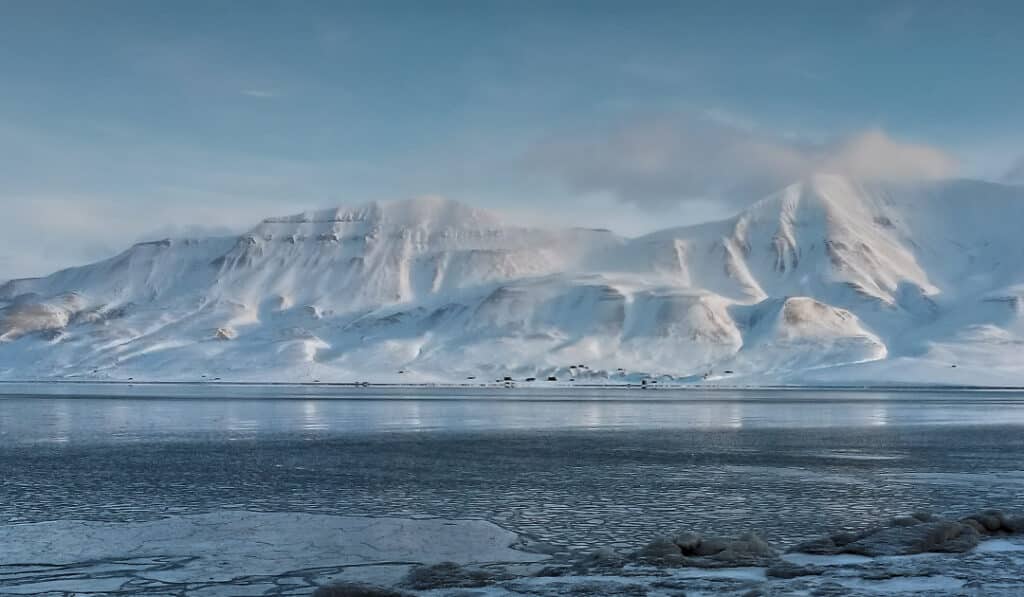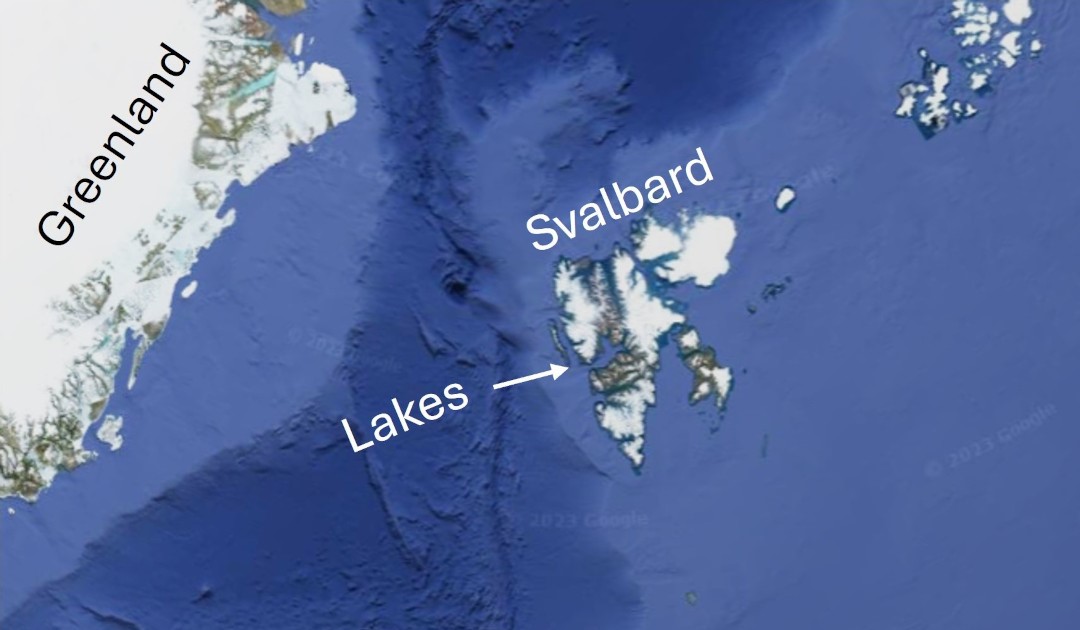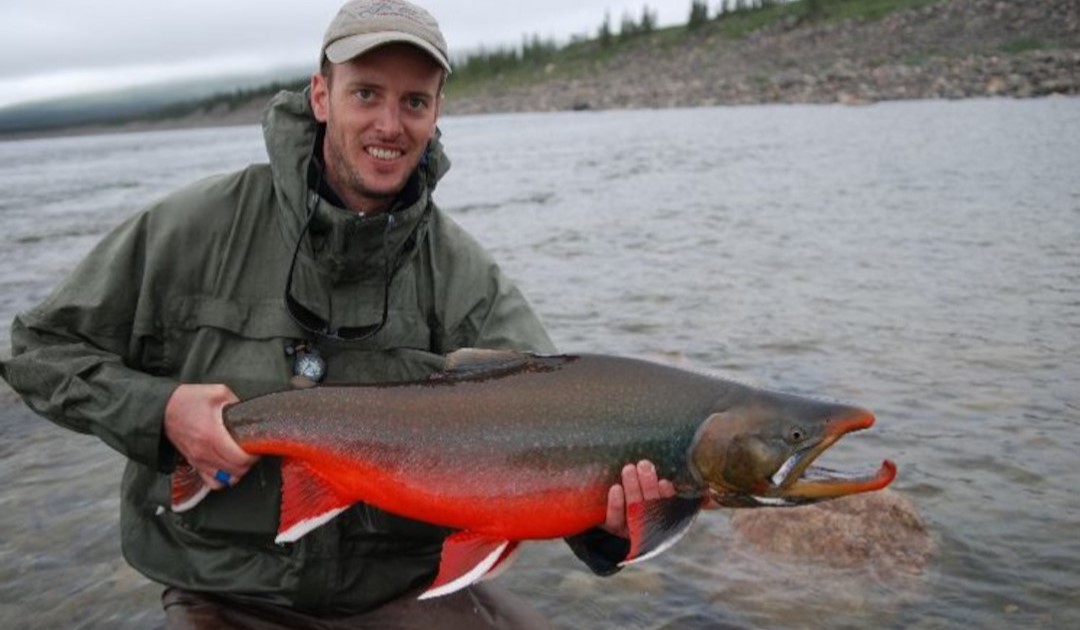
In Svalbard, freshwater fish benefit from slightly warmer water than usual in the lakes they inhabit, which could be increasingly beneficial for fishing, at least as long as the glaciers remain.
Arctic char is not uncommon on the menu of restaurants in the Svalbard archipelago, and this is easily explained: it is the only freshwater fish in the archipelago. Its flesh is as tender and tasty as that of the trout, a related species. Arctic char is the most northerly freshwater fish on the planet and has been benefiting from global warming for several decades. A Swedish-Norwegian study, published on December 23 in the journal Fishes, shows that Arctic char in Svalbard are likely to continue to grow and then, in the longer term, decline and eventually disappear. They would then fall victim to the very thing that has made them so successful: rising temperatures.
The study focused on two lakes in the west, Dieset and Linnévatn. These are two of the 20 lakes where char populations are well established. By measuring the numbers of fish in the rivers linking the lakes to the sea, the researchers have shown that their migrations have increased. In the 1990s, between 500 and 900 char were migrating up the course of Lake Dieset every year. Over the last few decades, this figure has risen to an average of 2,000 char per year. On Lake Linnévatn, between 2008 and 2017, 2,500 char per year migrated upstream.


These fish migrate to the sea and return to the lakes to reproduce… or so some of them do. Those that migrate change their metabolism from freshwater to seawater and vice versa. When they return to the lake, they lay between 3,000 and 5,000 eggs on the gravel bottom. The young mature after 6 to 11 years and can live for several decades. At their best, they can approach a metre in length.
These fish are prime prey for Arctic terns, polar bears and seals. Char are also sold commercially, attracting both recreational and professional fishermen to the Arctic and Svalbard. Fishing is officially open from 1 January to 15 October inclusive for holders of a permit – which must be requested from the governor. Only island residents may fish with nets. Fishing gear must be no more than 25 m long and no more than 1.8 m high, with a mesh size of at least 52 mm. All catches must be declared to the governor of the archipelago in order to control quotas.


Image de gauche : Nils Rinaldi / Wikimedia Common
Jeune omble dans un aquarium du Centre arctique – Université de Laponie.
Image de droite : Xepheid / Wikimedia Common
The development of char in Svalbard is correlated with the rise in temperature. To find this out, the researchers analysed the circles of growth of otoliths – a bone that grows throughout the animal’s life. In this way, between 1960 and 2008, they were able to see the effect of cold and warm periods on the growth of young fish.
The increase in char development can be explained by the fact that ice break-up occurs earlier and ice formation later. In Svalbard, the lakes normally remain frozen for between 9 and 12 months of the year on average, but here, less ice means slightly warmer water for the char. A slight increase in temperature is enough to encourage fish growth. For example, in Lake Øvre Heimdalsvatn in Norway, a 1°C rise in temperature resulted in a 10% increase in trout growth. In Svalbard, the maximum water temperature is 6 to 8°C in summer.
The atmosphere in Svalbard has warmed by 3 to 5°C over the last 4 to 5 decades, and we can expect an increase of 3 to 8°C over the next hundred years. Although increased snowfall and glacial meltwater are slowing the warming effect, lakes are expected to continue warming. The researchers predict that the increase in char populations could justify higher fishing quotas in the future.
In the longer term, in the most worrying scenario, the melting and disappearance of the glaciers in Svalbard should lead to rivers drying up and charr being unable to migrate. According to the authors, this would eventually lead to the disappearance of the species from the archipelago’s lakes and inlets.
Camille Lin, PolarJournal
Find out more about this topic:





